"The fossil shrimp" Anomalocaris and its complex compound eyes
Anomalocaris or anomalokar - an unusual arthropod that lived in ancient seas some 500 million years ago. Swam the "shrimp", using the flexible side of the blade. the animal's body size reached about one meter. Anomalocaris fossils were found in the 19th century, but paleontologists long time could not understand, he looked like a living organism. More confused paleontologists finds partially preserved remains Anomalocaris. In 1892, for example, experts have found oral appendages of the animal, determined that in fact they belonged to someone from the primitive representatives of crustaceans. A little later it was found parts of the mouth.
And only after almost a century, it became clear that all of this - part of the same animal. Understand how it really looked, "shrimp", scientists were able, after China, Australia and several other countries, paleontologists have found fossils of complete, though perfectly preserved. As it turned out, despite the antiquity, Anomalocaris had excellent vision.
And all thanks to a complex compound eyes. Once again it is worth recalling that this animal lived in ancient seas over 500 million years ago, long before the dinosaurs, insects and other terrestrial animals. And then the animal had excellent eyesight, helps him see everything around. What is this all for?
Paleontologists believe that Anomalocaris was a "king" in the ancient world, the predator, from which there was no escape. Presumably, the victim could not escape from the little dotted with chitin spines animal grasping limbs. After a brief struggle Anomalocaris sent the victim to his square mouth. Floating fossil "shrimp" is not only pretty quickly thanks to the lateral lobes, but also thanks to its tail. Well, in order to consider the victim from afar, arthropods ancient inhabitant of warm water had good vision.
Detail of grasping the limb of an animal
The fact that Anomalocaris had compound eyes, paleontologists have learned recently. This discovery is one of the first made by John Paterson, of the University of New England. He found fossils with well-preserved mineralized eyes. If the scientists are right, the vision Anomalocaris superior to most contemporary vision holders compound eyes - insect. Sophisticated Anomalocaris eyes were on the ends of the relatively small lateral projections "head", which provided the animal is almost complete all-round visibility.
Compound eyes - head paired organ of insects, crustaceans and other arthropods. In general, compound eyes provide color vision with the perception of UV rays and the polarization direction of linearly polarized light, with poor discrimination of fine detail, but a good ability to discriminate flicker (flashing) light with a frequency of up to 250-300 Hz (for the human limit frequency of about 50 Hz).
Compound eyes made up of individual structural units, called ommatidia. They look like a narrow, highly elongated cones with their vertices converging in the depths of his eyes, and their bases of its constituent mesh surface.
Each ommatidium - very limited angle of view. Separate element "sees" only the tiny area located in front of the eyes of the subject on which directed a continuation of the axis of the ommatidium; but since the ommatidia are closely adjacent to each other and with their axes diverge radially, the compound eye covers the whole subject, and the subject image is a mosaic (i.e. composed of a plurality of individual pieces) and direct (not inverted as in the eye person).
Paterson was lucky - he found mineralized eye of some ancient creatures in the rock formation Emu Bay Shale of South Australia.
"In these deposits are well preserved remains of animals that do not have a skeleton or something similar, so even preserved soft tissues, including muscles," - said Paterson.
But even in this case, he was very lucky, because the discovery of ancient animal fossils in the eyes - a rare phenomenon. For many years, scientists found 5,000 fossil resources. Only one of them was mineralized eyes.
The most interesting thing is that his eyes remained, but the body is somehow not. Eye size detected was 2 cm, they were raised. At the time of detection of eye accessories I had to guess. According to scientists, while the only rather large animals, which could be similar to the eye - it Anomalocaris. Each of the detected eye consisted of 16,700 facets, miniature lenses combine to provide its owner with excellent vision. And this is only the facets that are able to count on a well-preserved of the eye. How many of them were in fact - the question. Only a few number of facets of modern insect eyes (up to 28 000 in some species of dragonflies) approaches the number of them discovered by paleontologist ancient arthropod eyes.
Now scientists are trying to understand, when the ancestors of Anomalocaris got complex compound eyes. According to some experts, it should have happened long before the hard exoskeleton of an animal.
Due to the antiquity of the remains of the study Anomalocaris - a difficult task. Until now, scientists argue, a way of life were these ancient predators (virtually no doubts about). The fact that some of the shells of trilobites were found marks which, scientists believe, could leave Anomalocaris. On the other hand, the mouthparts and other parts of the body of the animal were not so rigid and to be able to damage the shell trilobite strong.
By the way, trilobites were too complex eyes, which is unique in structure. Their structure is radically different from the structure of the eyes of modern animals. Crystalcore lens in these animals was not his place in trilobites were mineral lenses of calcite. Now the only animals mineral visual lenses are some of the existing now brittle and shellfish Acanthopleura granulata. The complexity of the trilobite eye was much higher complexity of the eye of our contemporaries.
Here, too, there is the question of the origin of the eye in trilobites - yet it is not clear when exactly they were, and how the process of evolution took place. All this is extremely important to clarify the history of the origin of life on Earth and then acted evolutionary processes.
Referenced Materials:
- https://en.wikipedia.org/wiki/Ommatidium
- https://en.wikipedia.org/wiki/Emu_Bay_Shale
- http://blogs.discovermagazine.com/notrocketscience/2011/12/07/anomalocaris-sharp-eyes-predator/#.WDmPk1xP3gY
- https://en.wikipedia.org/wiki/Anomalocaris
- http://www.nature.com/nature/journal/v480/n7376/full/nature10689.html
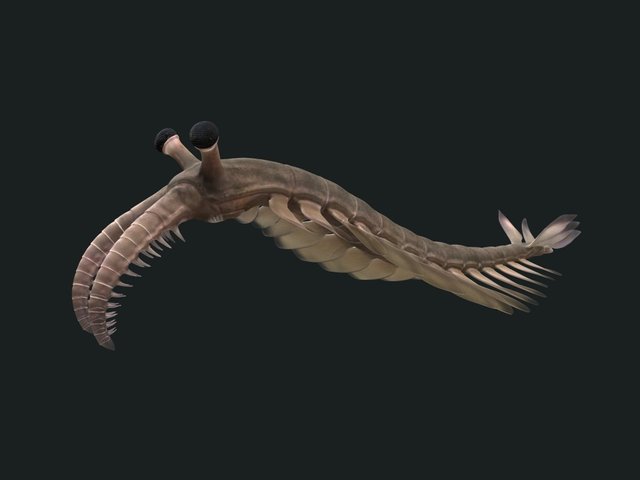
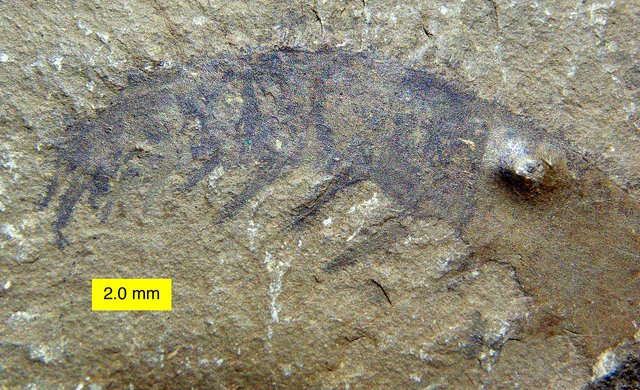
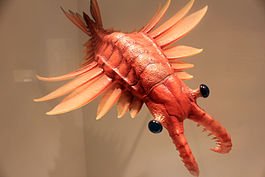
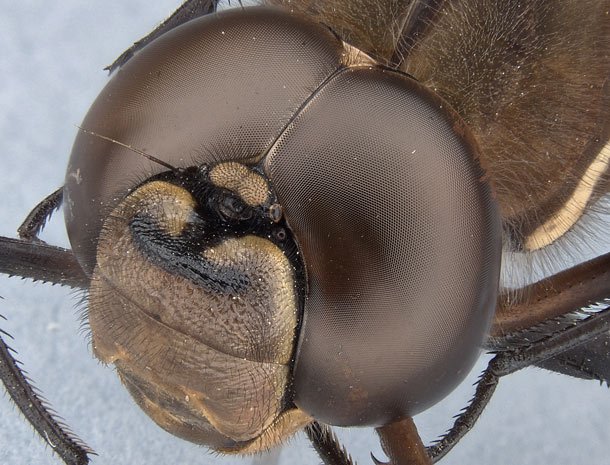
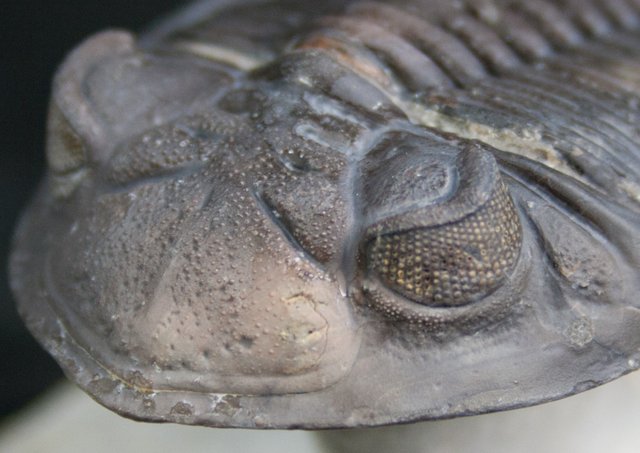
This post has been ranked within the top 50 most undervalued posts in the second half of Nov 26. We estimate that this post is undervalued by $7.23 as compared to a scenario in which every voter had an equal say.
See the full rankings and details in The Daily Tribune: Nov 26 - Part II. You can also read about some of our methodology, data analysis and technical details in our initial post.
If you are the author and would prefer not to receive these comments, simply reply "Stop" to this comment.
This is a stunning article. Boggles my mnd completely. Too bad carbon dating can't be pin pointed to an exact science
thanks. yeah, it's bad, I agree